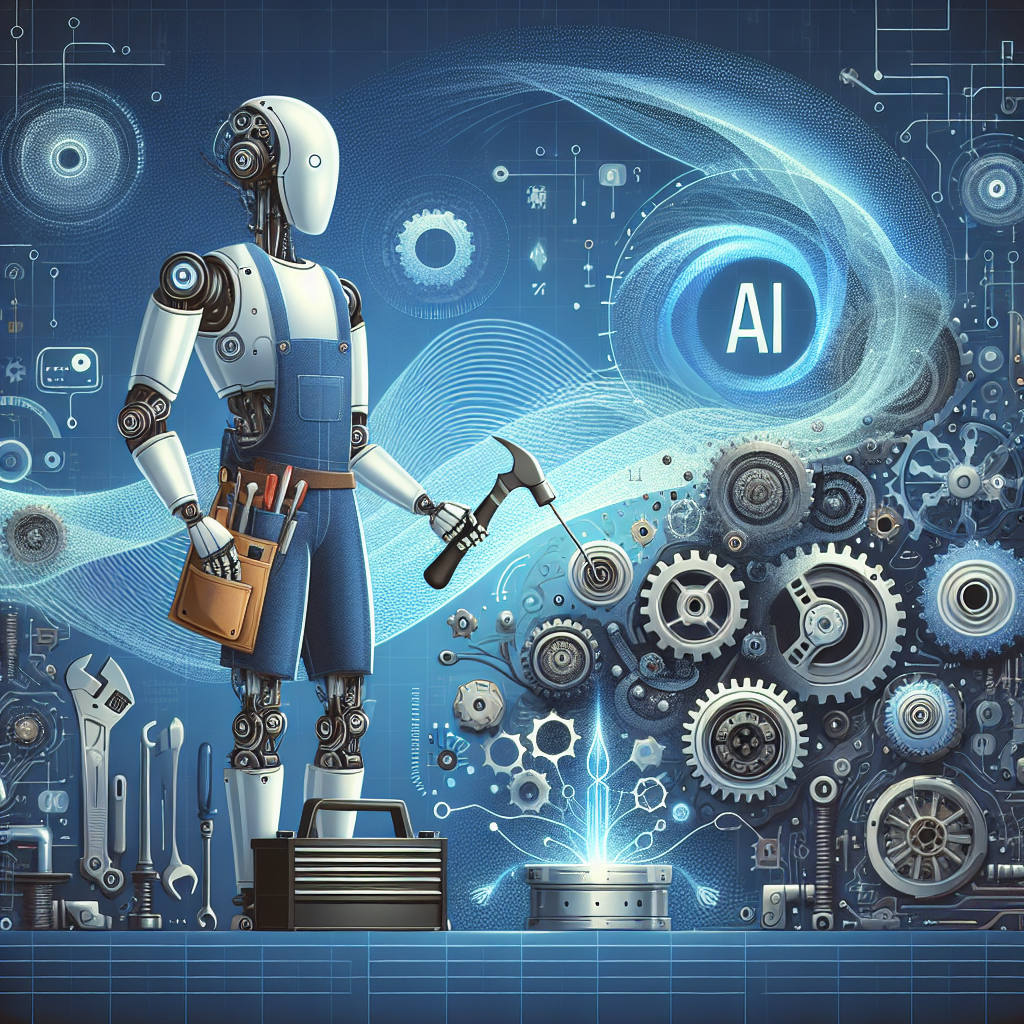In recent years, the use of Artificial Intelligence (AI) in predictive maintenance has become increasingly popular across a wide range of industries. By leveraging AI solutions, companies can now predict when equipment is likely to fail, allowing them to schedule maintenance before a breakdown occurs. This proactive approach helps to prevent costly downtime, increase operational efficiency, and extend the lifespan of equipment.
One of the key benefits of using AI for predictive maintenance is the ability to analyze large amounts of data in real-time. By collecting data from sensors, machines, and other sources, AI algorithms can identify patterns and trends that indicate when maintenance is needed. This data-driven approach allows companies to move away from traditional reactive maintenance strategies, where equipment is only serviced after a breakdown occurs.
AI solutions for predictive maintenance can take many forms, including machine learning algorithms, deep learning models, and predictive analytics tools. These technologies can be trained on historical data to recognize patterns and anomalies that signal potential equipment failures. By continuously learning and adapting to new data, AI systems can improve their accuracy over time, making them increasingly effective at predicting maintenance needs.
One of the key challenges in implementing AI solutions for predictive maintenance is ensuring that the data being used is accurate and reliable. Companies must invest in high-quality sensors and data collection systems to ensure that the information being fed into AI algorithms is of the highest quality. Additionally, data must be properly cleaned and pre-processed to remove any noise or inconsistencies that could lead to inaccurate predictions.
Another challenge is integrating AI solutions into existing maintenance workflows and systems. Companies must ensure that their predictive maintenance tools can communicate effectively with other software and equipment, allowing for seamless integration into daily operations. This may require the use of APIs, middleware, or other technologies to facilitate data exchange between different systems.
Despite these challenges, the benefits of leveraging AI solutions for predictive maintenance are significant. By accurately predicting when equipment is likely to fail, companies can reduce unplanned downtime, lower maintenance costs, and improve overall asset reliability. This can lead to increased productivity, improved customer satisfaction, and a competitive advantage in the marketplace.
FAQs
Q: How does AI predict maintenance needs?
A: AI algorithms analyze data from sensors, machines, and other sources to identify patterns and trends that indicate potential equipment failures. By training on historical data, AI systems can learn to recognize early warning signs of maintenance needs and predict when servicing is required.
Q: What types of AI technologies are used for predictive maintenance?
A: Machine learning algorithms, deep learning models, and predictive analytics tools are commonly used for predictive maintenance. These technologies can be trained on historical data to identify patterns and anomalies that signal potential equipment failures.
Q: What are the benefits of using AI for predictive maintenance?
A: Using AI for predictive maintenance can help companies reduce unplanned downtime, lower maintenance costs, and improve overall asset reliability. By predicting maintenance needs in advance, companies can schedule servicing at optimal times, preventing costly breakdowns and extending the lifespan of equipment.
Q: What challenges are associated with implementing AI solutions for predictive maintenance?
A: Challenges include ensuring data accuracy and reliability, integrating AI systems into existing workflows, and overcoming technical barriers to data exchange between different systems. Companies must also invest in high-quality sensors and data collection systems to ensure that AI algorithms receive accurate information.
Q: How can companies get started with AI for predictive maintenance?
A: Companies can start by evaluating their current maintenance strategies and identifying areas where AI could provide value. They should then invest in high-quality data collection systems, train AI algorithms on historical data, and integrate predictive maintenance tools into existing workflows. By taking a proactive approach to maintenance, companies can reap the benefits of AI-driven predictive maintenance.

